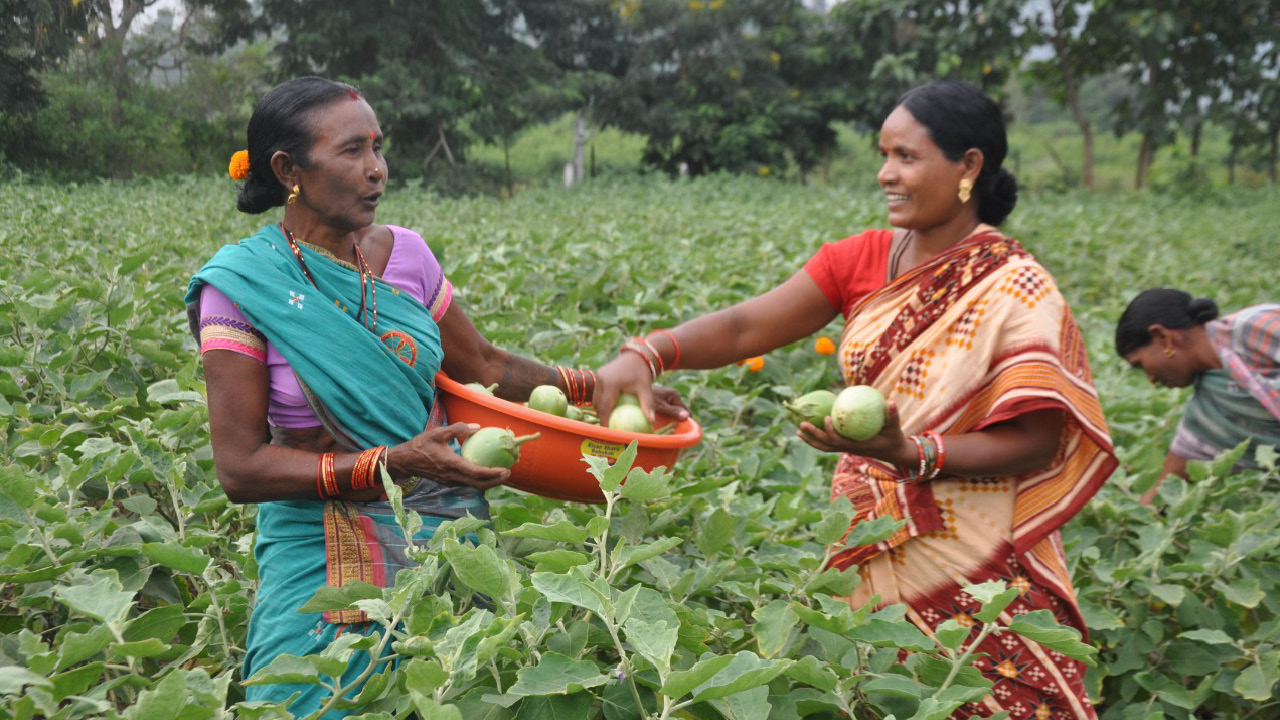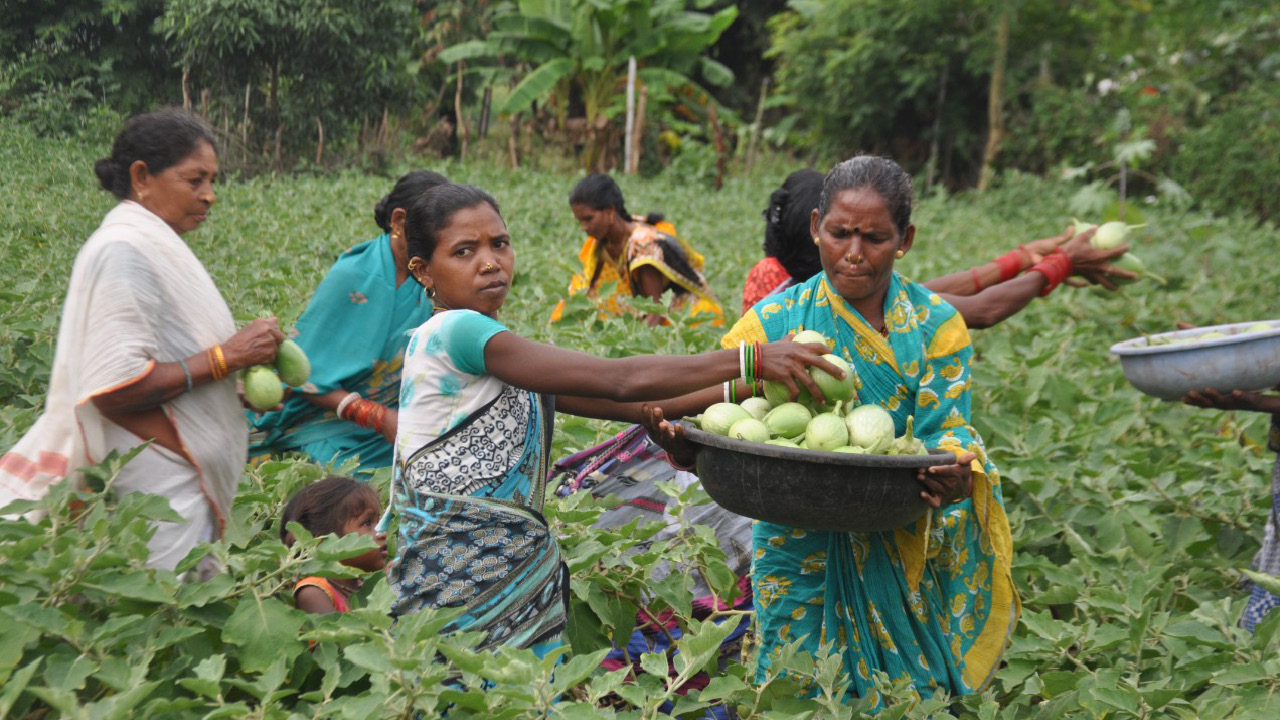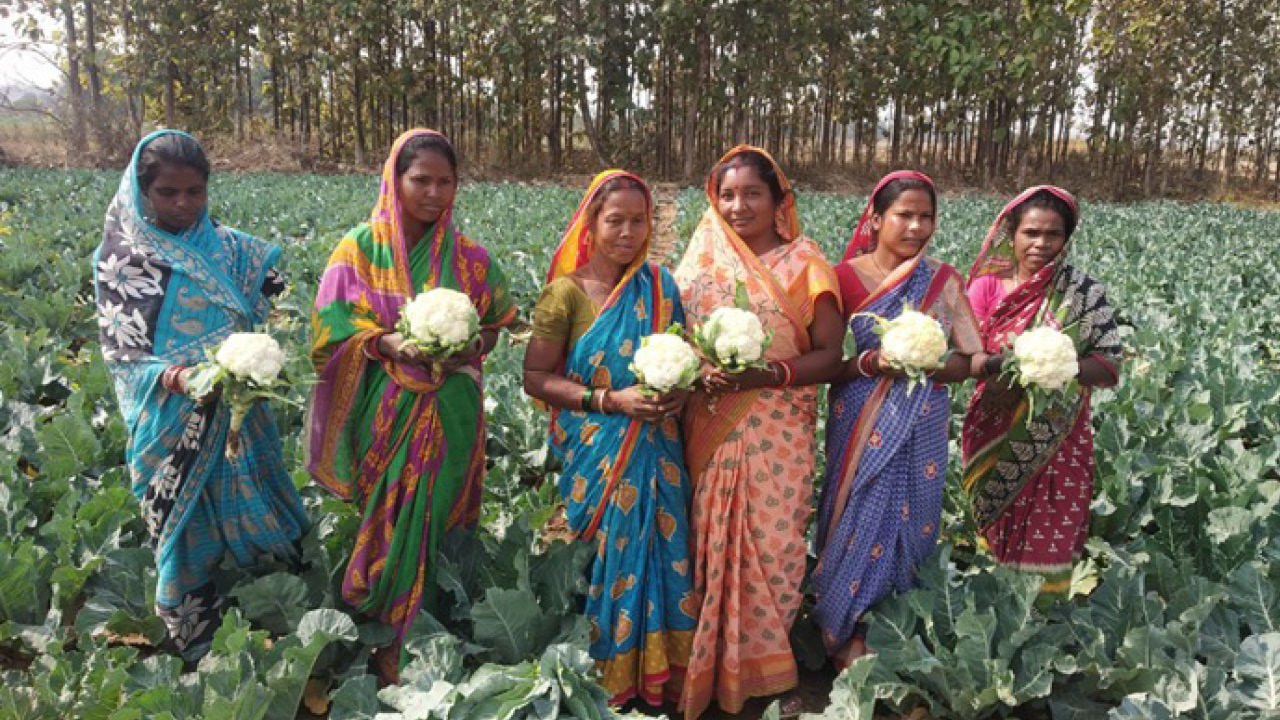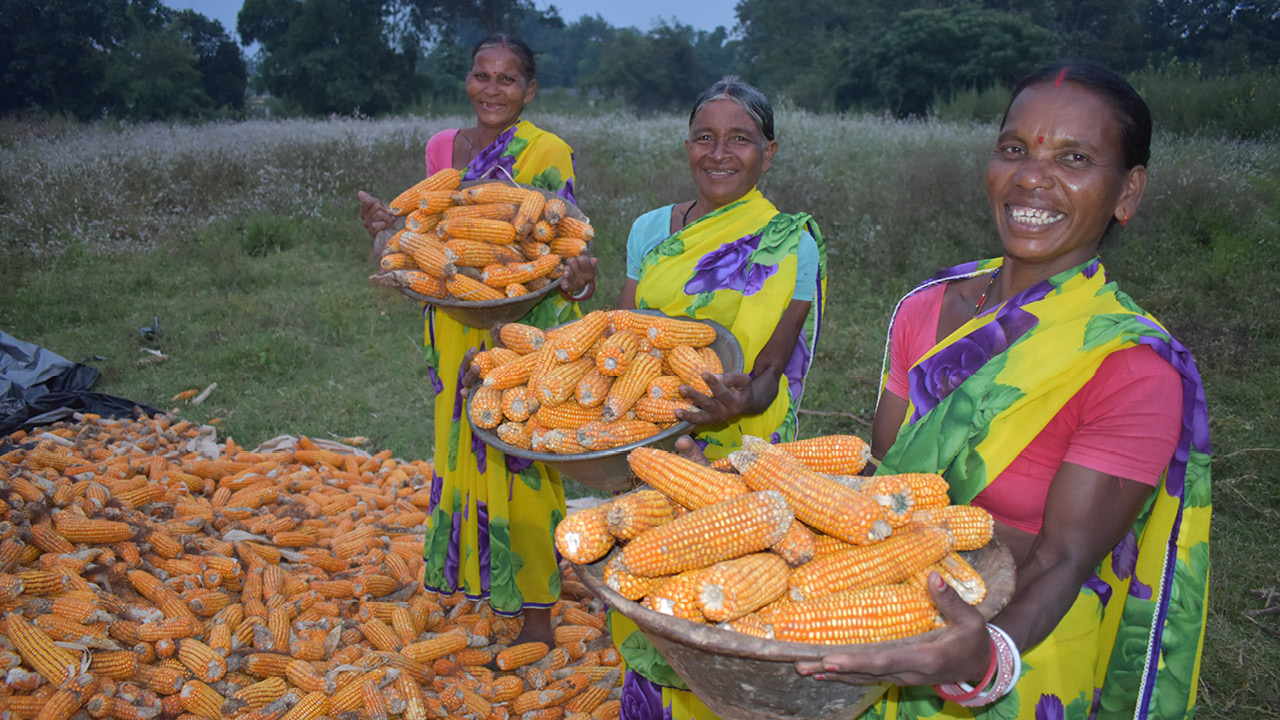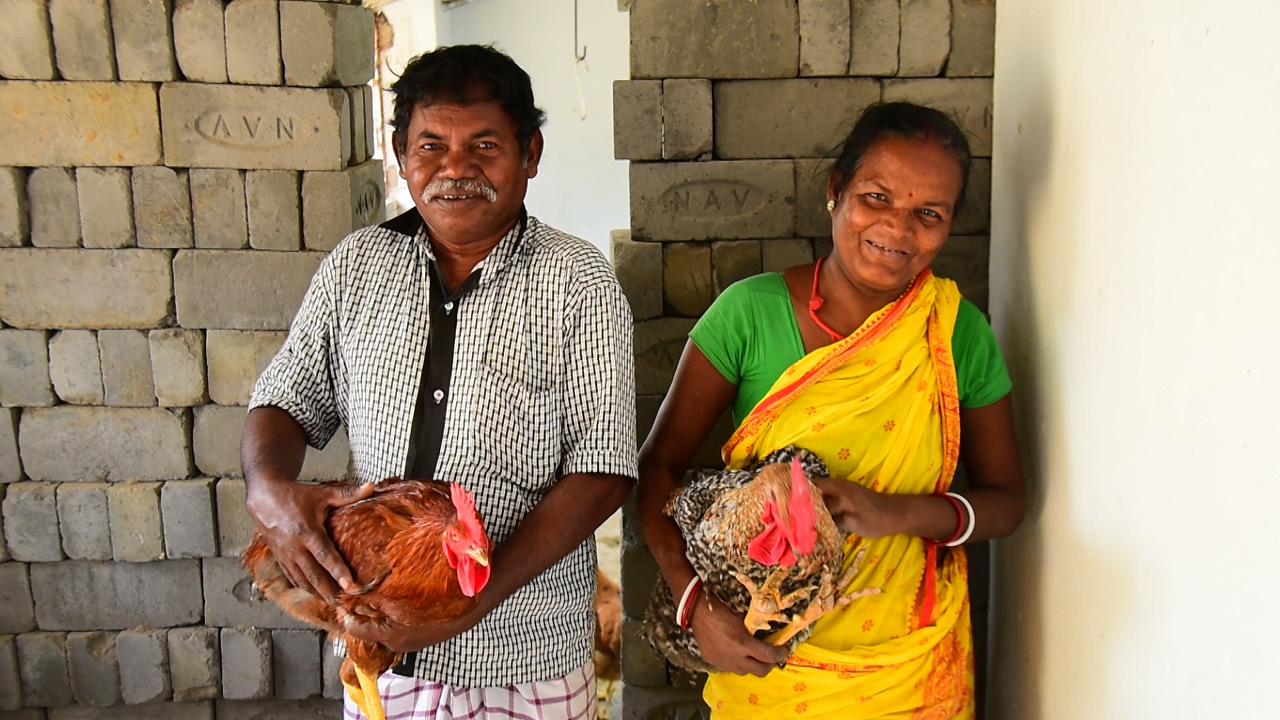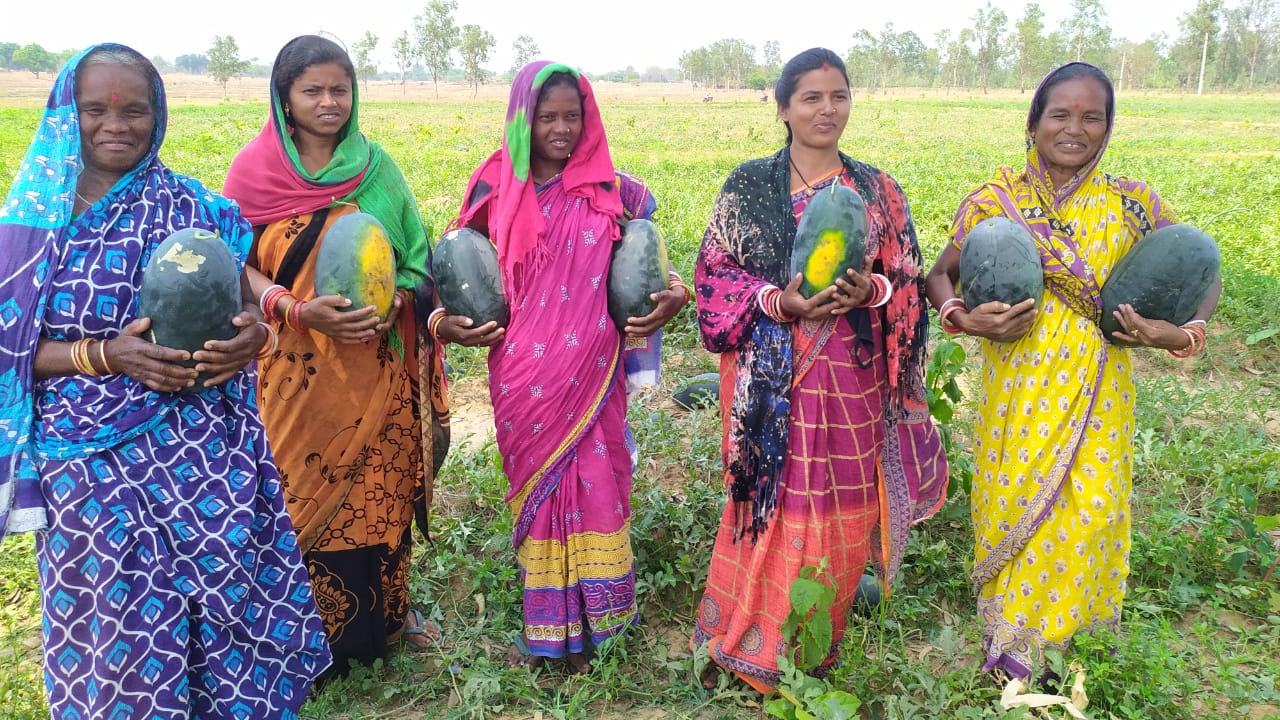Mission Jeevika by ST & SC Development, Minorities & Backward Classes Welfare Department, Government of Odisha

Holistic Approach Towards Creating Assets and Livelihood Generation.
Problem
- Low productivity per unit of land
- Insufficient production in tribal-dominated blocks
- Absence of vital infrastructure such as irrigation and cold storage
- Limited knowledge of modern agricultural practices among tribes
- No effective marketing facilities
Solution
- Introduced cluster approach for livelihood promotion
- Formed cluster-based producer groups for collective action
- Skill and capacity enhancement of tribal farmers
- Infrastructural development and farm mechanisation
- Marketing support through partnerships with ORMAS & TDCC
Outcomes
- Notable increase in household annual incomes
- Expansion of cultivation areas
- Transformation of wastelands into cultivable regions
- Creation of sustainable assets like irrigation systems
Project Details
Category: Livelihood Generation
Project: Mission Jeevika
Organisation: ST & SC Development, Minorities & Backward Classes Welfare Department, Khorda, Government of Odisha
Start Date: 04-Dec-2019
Problem
In the tribal regions of Odisha, communities grappled with a multitude of challenges. From fragmented and unproductive farming practices to a glaring absence of modern infrastructures, the tribes were ensnared in a cycle of low yields and even lower incomes. Their limited exposure to contemporary agricultural techniques compounded the issue, and without effective marketing facilities, they couldn’t maximize their produce’s potential value.
Solution
Mission Jeevika emerged as a beacon of hope, designed to systematically address the pressing challenges facing tribal farmers. The initiative championed a cluster-based approach, fostering collective action and facilitating economies of scale. Emphasis was placed on enhancing the skills and capacities of the tribal farmers, introducing them to modern farming techniques. Alongside this, critical infrastructural gaps were bridged, with the introduction of farm mechanization and crucial facilities. Additionally, strategic partnerships were forged to ensure that the produce reached the right markets, guaranteeing optimal value for the farmers’ hard work.
Outcomes
The transformative power of Mission Jeevika became evident through its tangible outcomes. Tribal families witnessed a significant uptick in their annual incomes. With the programme’s interventions, previously underutilized or neglected lands saw cultivation, expanding the scope of agriculture within the community. Wastelands were rejuvenated and turned into productive farms. Furthermore, the initiative’s holistic approach ensured the creation of lasting assets, such as irrigation systems, ensuring that the community’s growth remained sustainable and forward-facing.


